指南简介
什么是指南?
指南是 Pluralsight 首次正式推出的产品,旨在帮助和支持我们的学习者满足即时(JIT) 学习需求。指南是一份书面内容,通常为 500-1500 字,重点是为技术专业人士提供直接而简明的帮助。
这些指南通常包括关键上下文指导、代码片段和程序任务。
与 Pluralsight 图书馆的其他部分不同,我们的学习者将能够在付费墙外找到并访问指南。这些指南将在 Google 上编入索引,我们完全预计大部分可访问性和流量将通过 Google 自然而然地出现。你可能会问为什么?因为我们在研究中了解到,技术专业人员在 JIT 学习期间查找和使用内容的方式非常可预测。在工作过程中,他们通常需要制定策略、计划方法、应对问题或对弃用的技术做出反应。我们发现他们普遍求助于 Google 查询来找到他们需要的东西。对于这些指南的成功和采用,至关重要的是我们要在学习者所在的地方与他们会面,并在他们现有的工作流程中为他们提供帮助。
JIT 学习简介
即时 (JIT) 学习可以归类为专业人士寻求及时指导和帮助以完成任务和目标的任何时候。这种类型的学习专注于让专业人士能够以高水平表现。
如今,技术专业人员不断使用 JIT 资源来帮助他们创造世界上最好的技术。在我们对 JIT 学习的研究中,我们了解到我们的学习者每天至少会经历 4-5 个时刻,他们会寻找有助于他们满足 JIT 学习需求的内容。这些时刻正在帮助技术专业人员实现现代绩效。
为什么Pluralsight要追求这一目标?
Pluralsight 的使命是通过技术创造进步,改善人类状况。我们认为,实现这一使命的关键方法之一是创建一个整体学习平台,为学习者赋能。过去几年,我们在扩大产品范围方面取得了重大进展,以满足个人在学习过程中遇到的许多不同需求。即时学习是学习过程中的重要组成部分,满足这些需求是我们实现使命的下一步。
谁可以创建指南?
Pluralsight has created an extremely valuable ecosystem by partnering with some of the world's best and brightest subject matter experts. Guides will follow this same strategy and will look for partnerships with the industries strongest experts. We're certain that this will not only drive value to our learners as they look for the most valuable resources but also differentiate us in the marketplace.
If you're interested in creating Guides for Pluralsight, [you can learn more and apply here] (https://www.pluralsight.com/teach/recruit/2019/guides) . If you're an existing author, reach out to your ASM and let them know you'd like to increase your influence by publishing Guides.
The Perfect Guide
As we spent time with our learners and research their experiences with JIT content as it stands today, we learned quite a bit about what learners are judiciously looking for. They make decisions about the content they're consuming quickly— within seconds. Here are a few tips to assist you towards a successful guide that will be published by Pluralsight and appreciated by learners.
1. Focus on specific tasks
A guide should be direct, concise, and specific. Guides are not an opportunity for a thought piece or time to expound on theoretical concepts. They should give detailed and granular contextual guidance regarding specific tasks and objectives.
E.g. A guide on the long term effects of functional programming probably isn't a great fit for Guides. However, a guide explaining the specific steps that should be taken to create a pure function is.
2. It has to be up to date
A guide needs to relevant and up to date. It's important that you ensure the subject matter you're writing about and the guidance you provide isn't deprecated.
3. It needs a great title
Create an illustrative title! It should help the learner understand the problem you're addressing, and if appropriate indicate a possible solution. Don't be too creative or abstract with your titles. Err on the side of being direct and informational.
E.g. The title "State properties" wouldn't be a great title for a guide, but "How to pass state between React Components using Redux" is great.
4. Start out strong
At the beginning of your guide, include a short power statement of the problem or task you're addressing and how you plan to address it. This will help the learner qualify their scenario with what you're creating.
5. Include examples of implementation
Of all of the things you can include in your guide, code snippets and procedures are among the most important. Learners will immediately skim and scan the content they consume for keywords, code snippets, and procedures.
console.log("Code, procedures, config files, and bash scripts are all excellent examples of content JIT learners are looking for. They want to see the implementation, and they want to see supporting context and explanation around the implementation.");
6. Include surrounding context
Learners want to quickly understand why your approach is correct and valuable. Make sure you include the context and knowledge that is needed to help the learner understand your approach and methodology.
7. Make sure you solve the problem
Make sure that any supporting media you provide, video clips, links etc. are purely supplemental. The learner should be able to learn and understand everything they need to from your guide.
8. Keep it short and sweet
Finally, your guide should be at least 500 words, but strive to keep your guide shorter than 1000 words. It matters to learners. They make split decisions about the purpose and efficacy of the content they consume based on its length.
I'm an Author, What's In It For Me?
Guides is a new content format so it comes with a couple of unique value propositions for authors.
First of all, there's a lot of green pasture and opportunity for what can be created in Guides. The library of Guides today is small, but will be massive in the coming years. You have the ability to create and influence numerous amount of important and interesting technologies and topics.
Time to creation for guides is significantly shorter than our other formats. If you have some downtime between your next video course you can create content quickly and easily, without the overhang of the needed production quality that comes with video content.
We know and have heard from hundreds of our authors how important their personal brand is to them. This content will be seen by tens of millions of learners every year. Your ability to bootstrap, expand, or diversify your personal brand will be easily achieved with this type of content.
Stay in Touch
We're really excited about the future of Guides! We have an opportunity to create some of Pluralsight's most influential content, and we're excited to work with other amazing experts and creators to carry out this vision.
If you're interested in creating Guides for Pluralsight, [you can learn more and apply here] (https://www.pluralsight.com/teach/recruit/2019/guides) . If you're an existing author, reach out to your ASM and let them know you'd like to increase your influence by publishing Guides.
免责声明:本内容来源于第三方作者授权、网友推荐或互联网整理,旨在为广大用户提供学习与参考之用。所有文本和图片版权归原创网站或作者本人所有,其观点并不代表本站立场。如有任何版权侵犯或转载不当之情况,请与我们取得联系,我们将尽快进行相关处理与修改。感谢您的理解与支持!


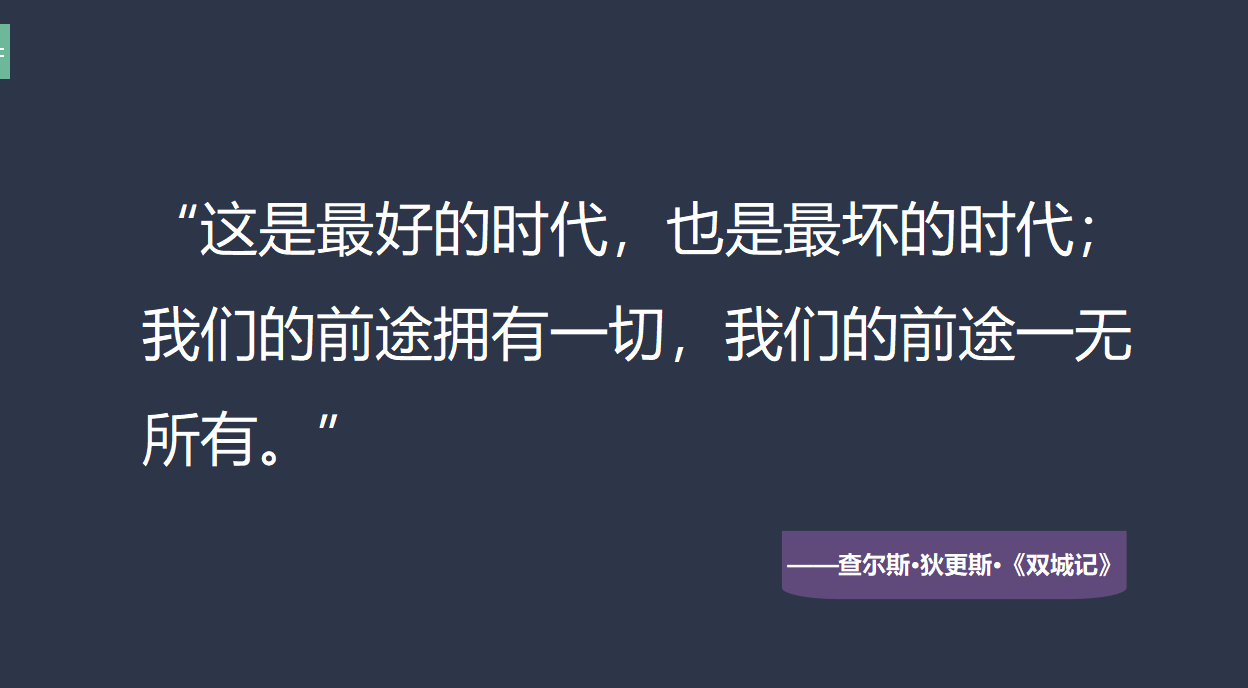
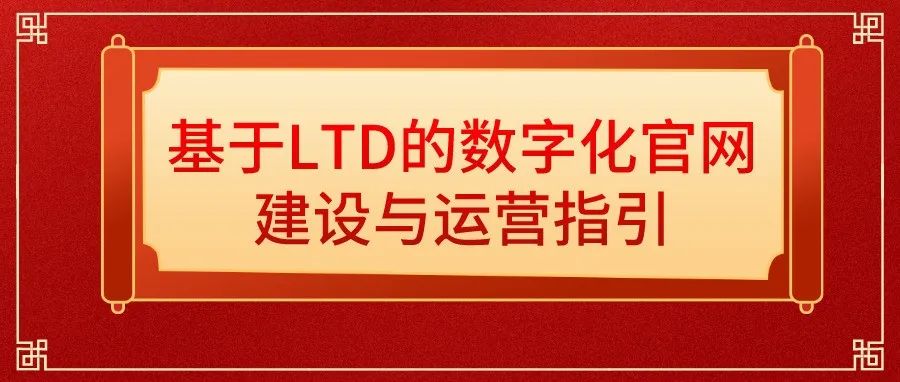
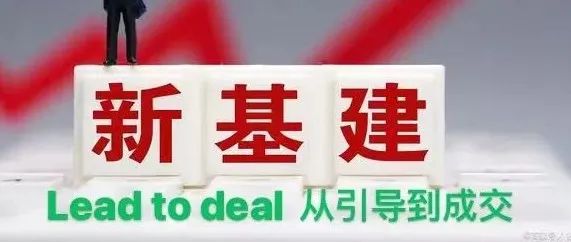
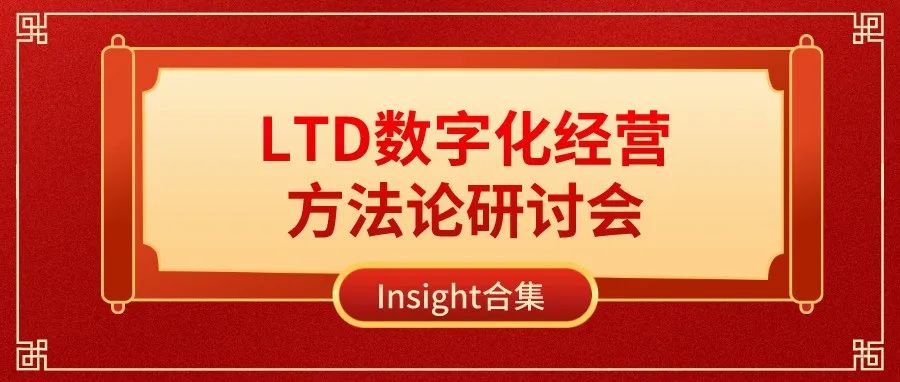
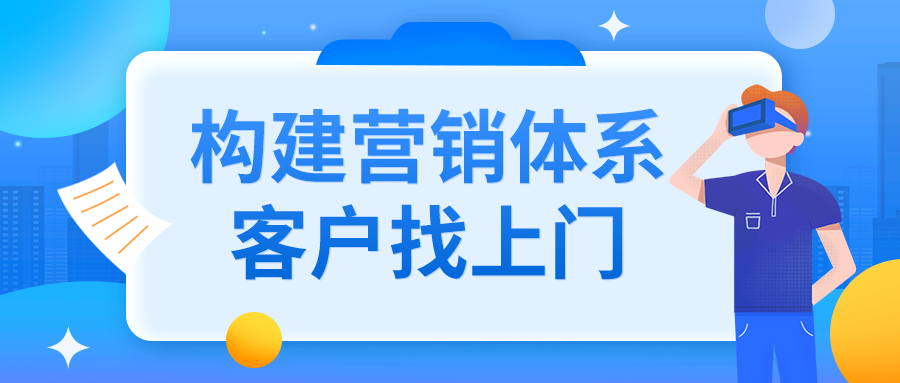
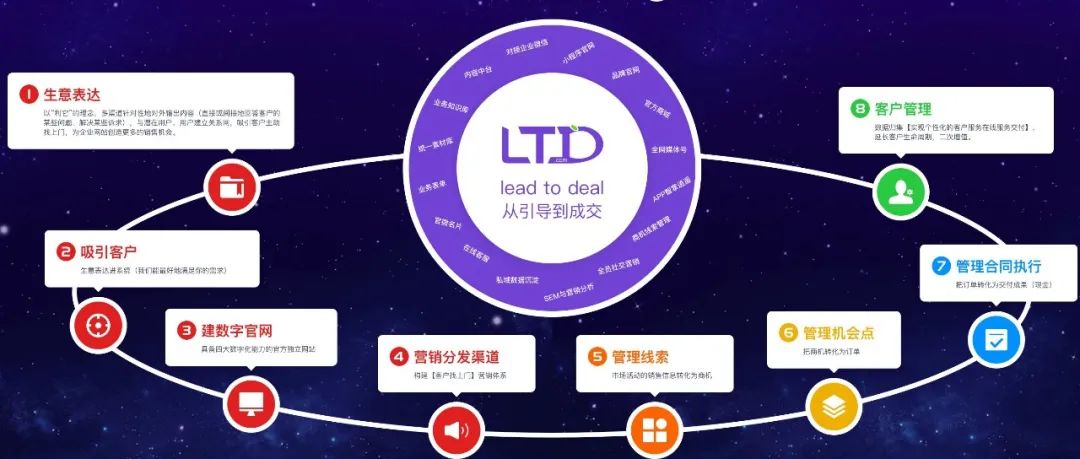
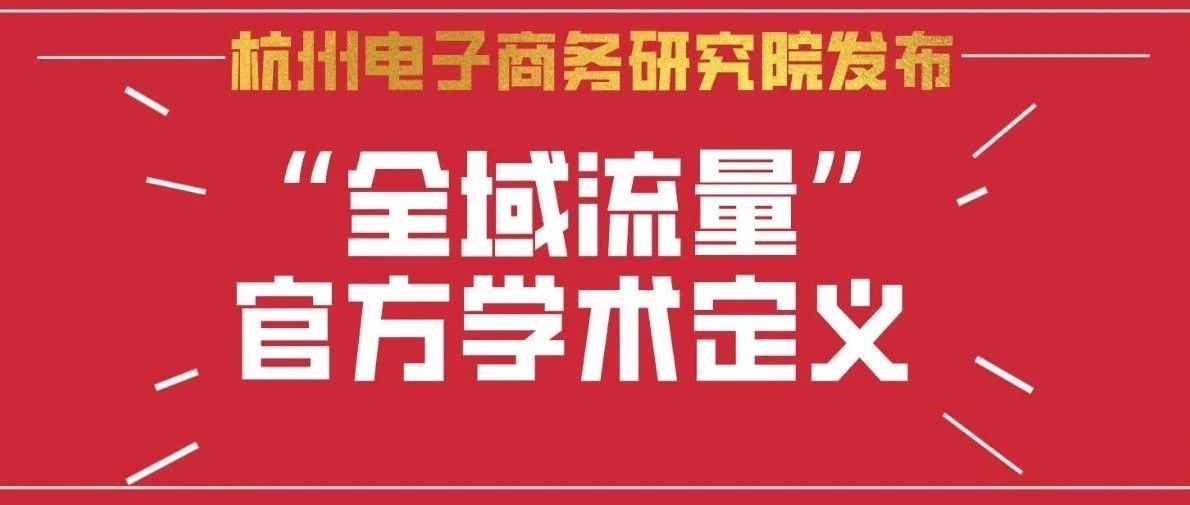
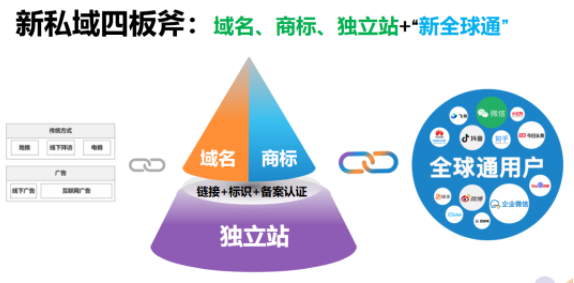
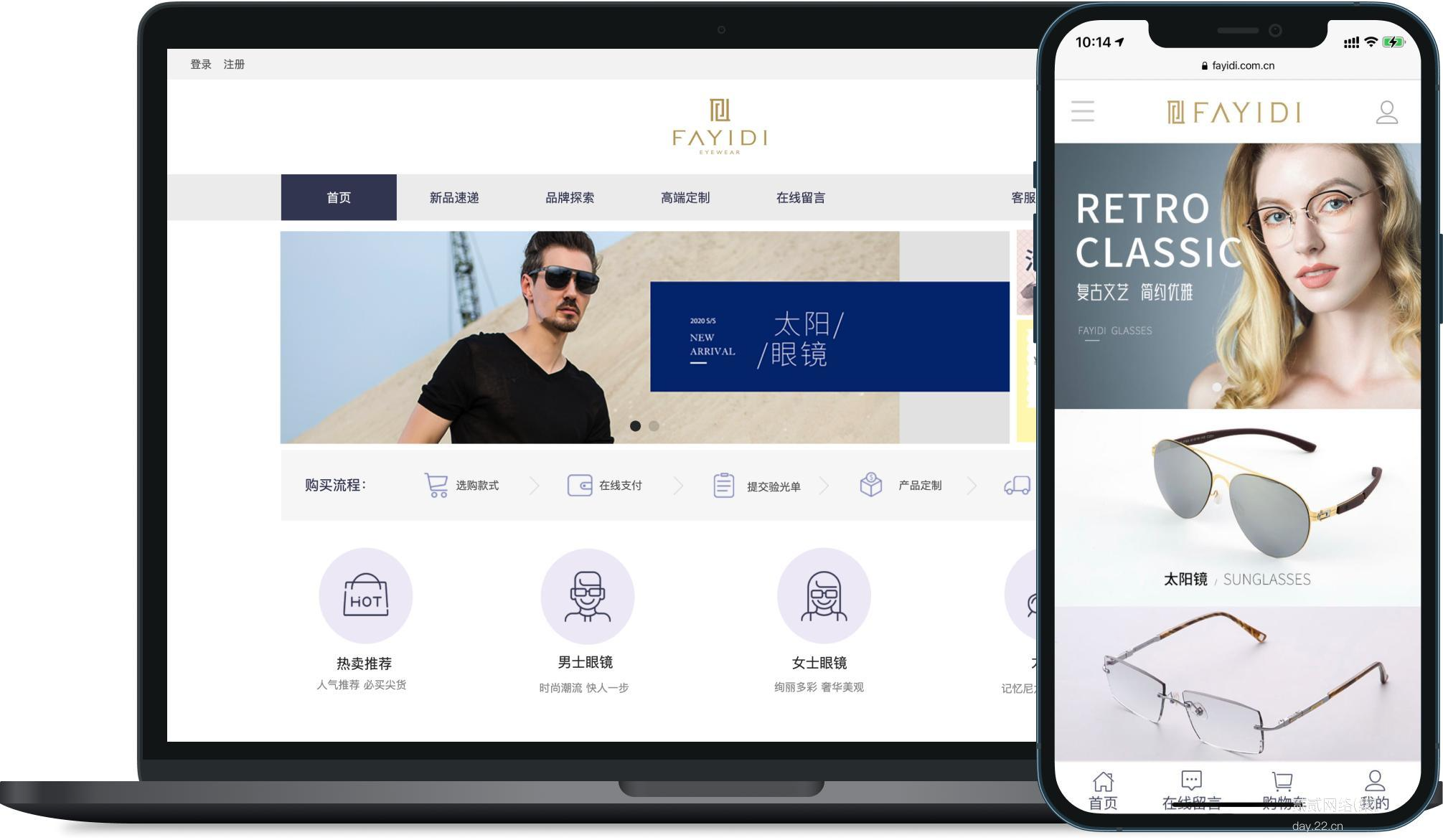
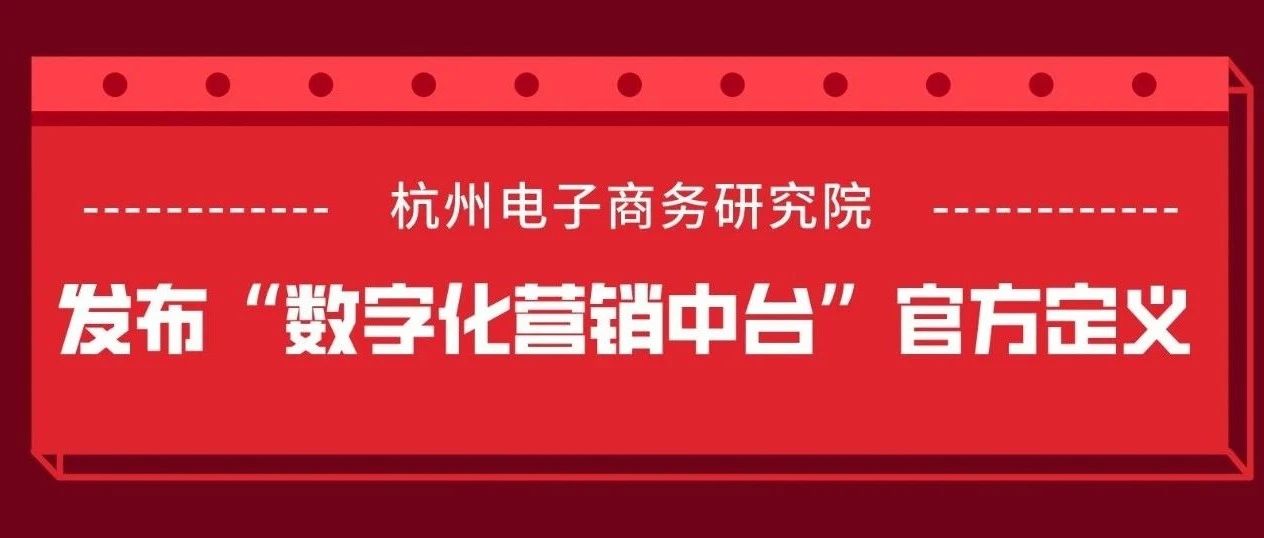
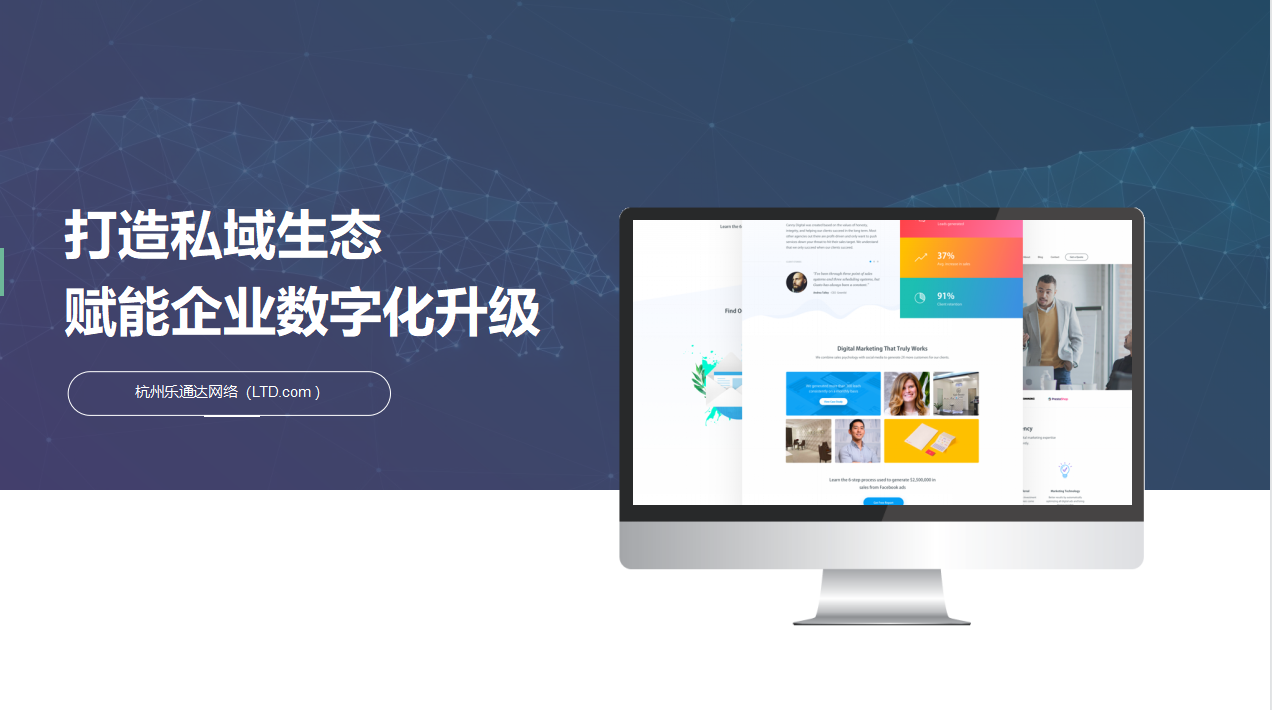
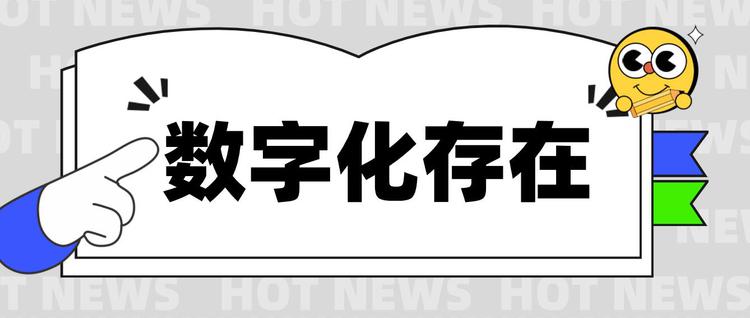
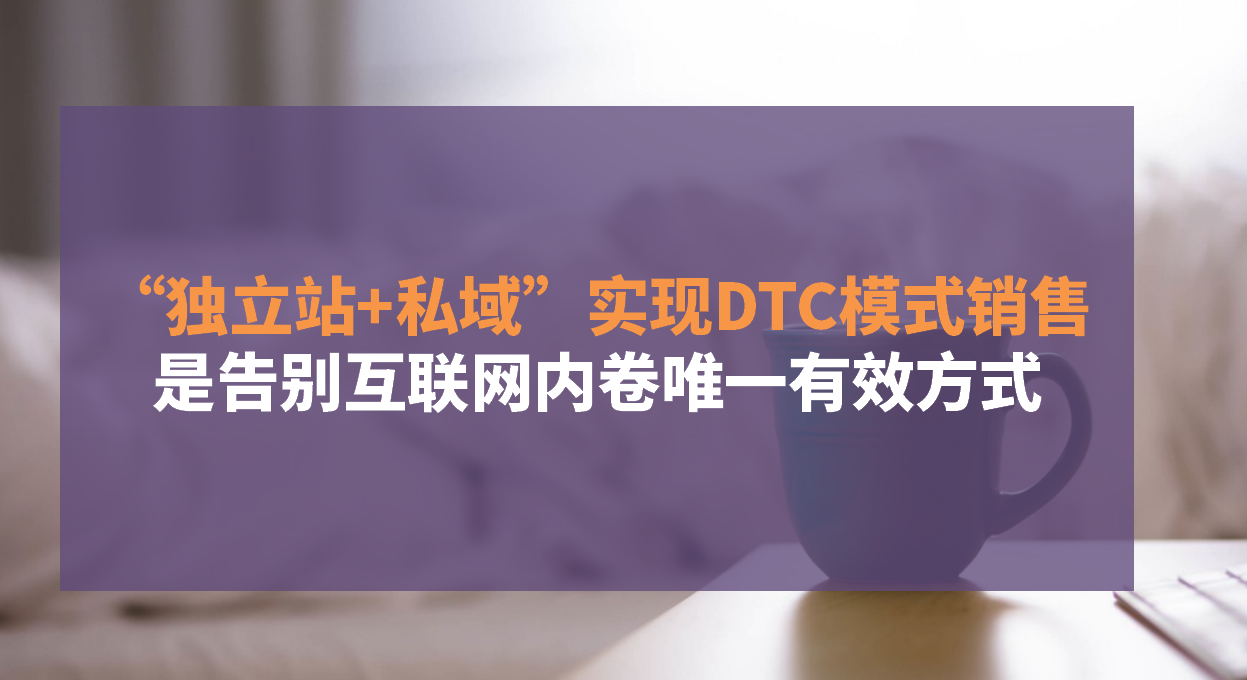
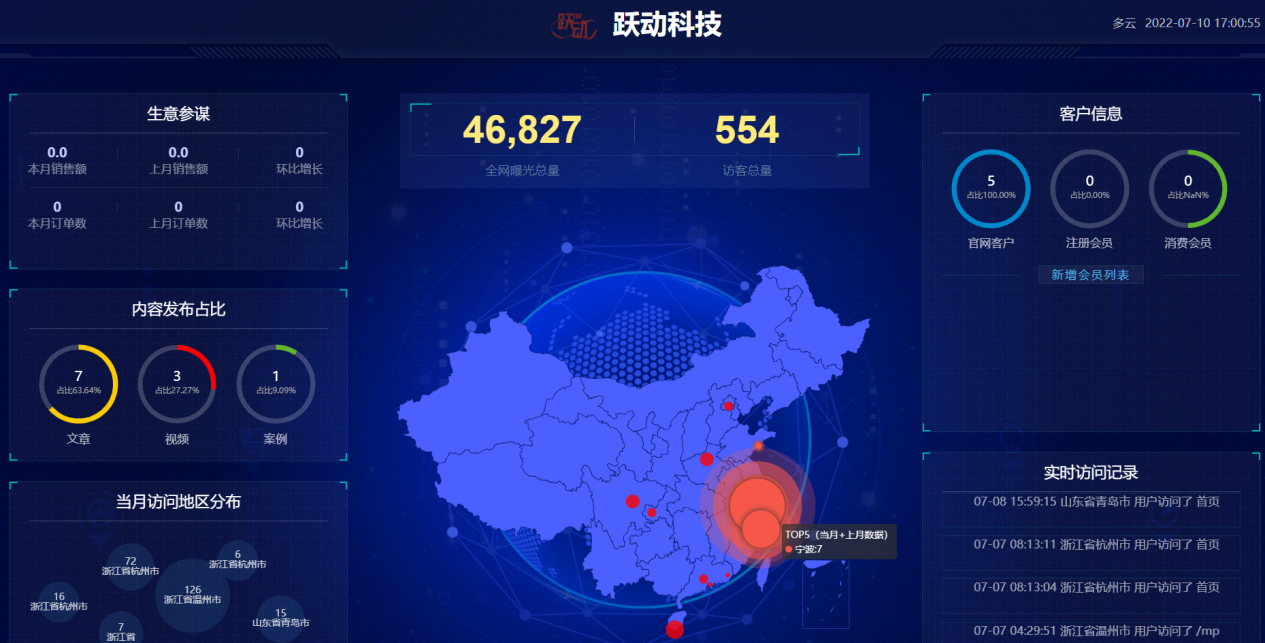
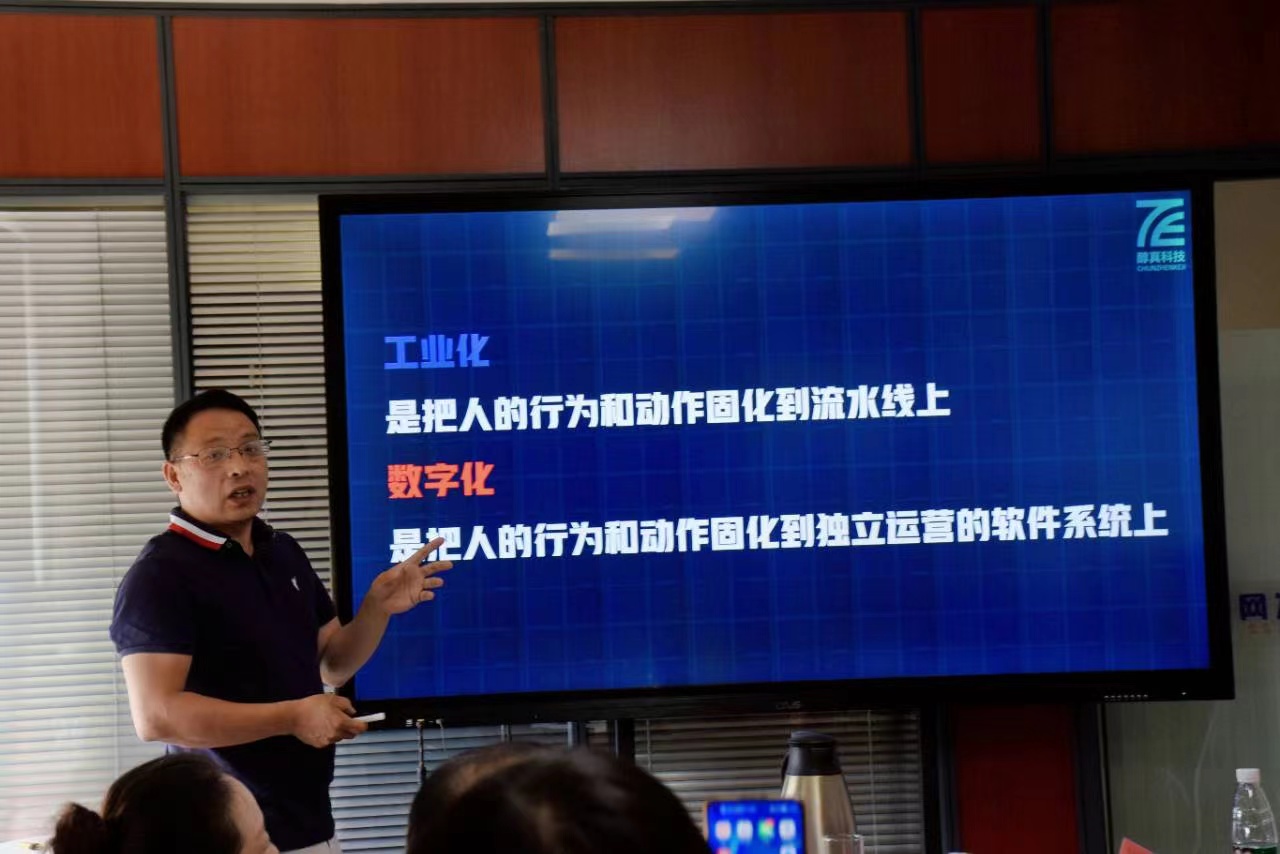
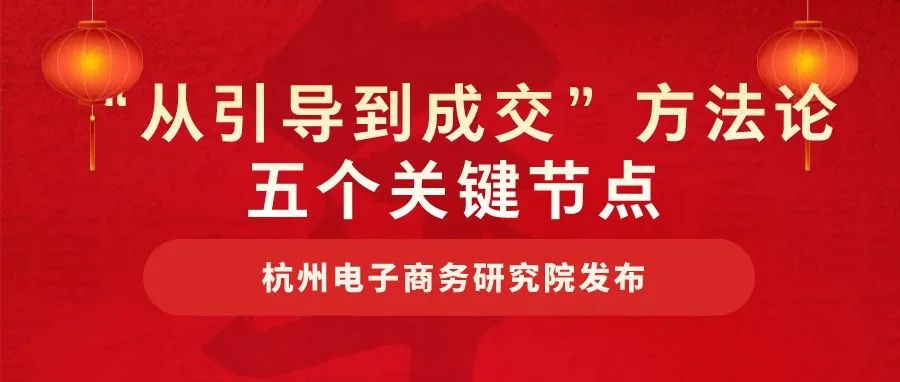

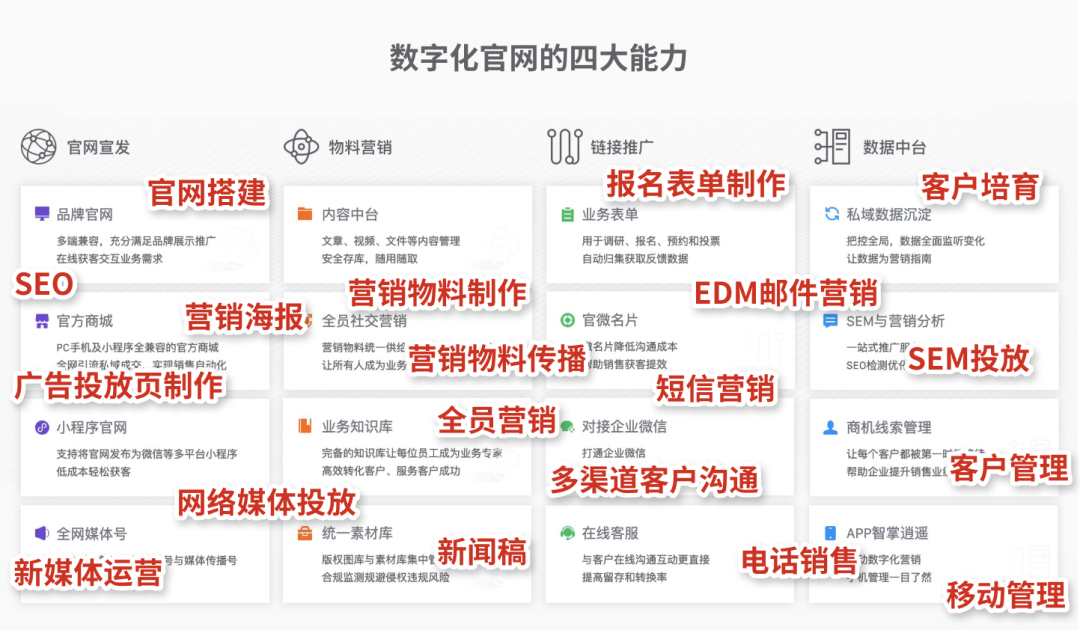


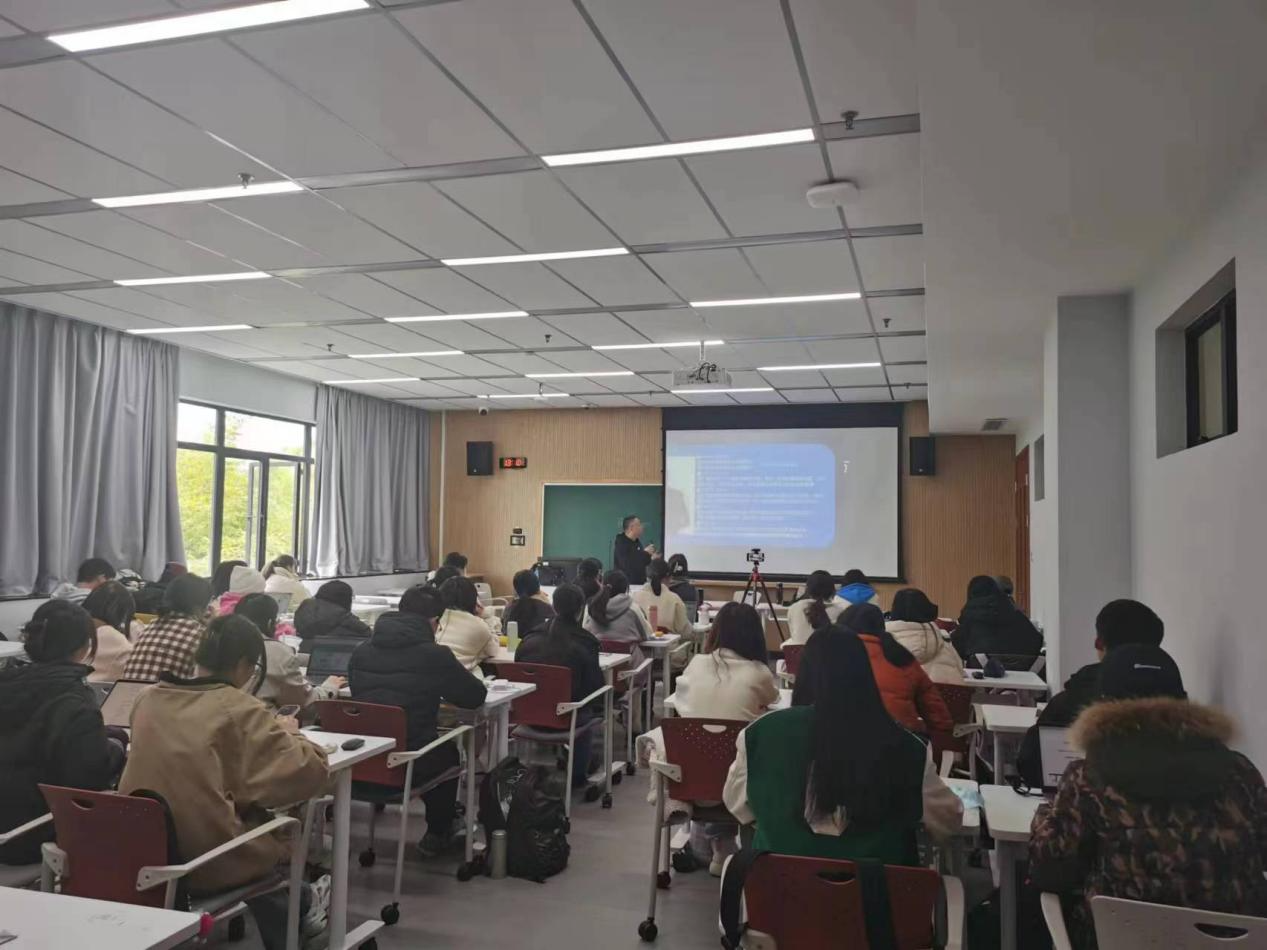


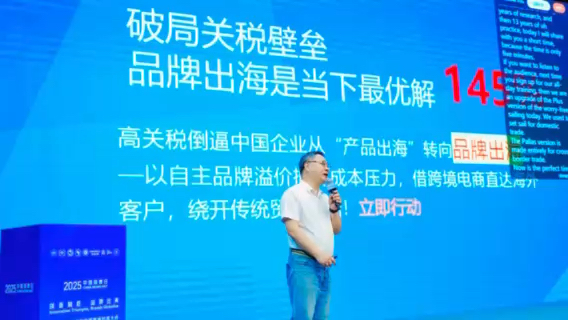







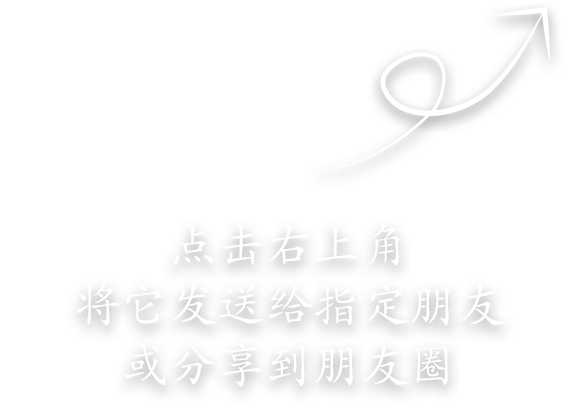

请先 登录后发表评论 ~